Titles: Rêverie, Gaspillage, Exagération, Simplicité, Gourmandise, Abondance, Violence, Fantaisie, Faiblesse, Curiosité, Obligeance, Surprise.
Contributors:Gaston Hoffmann [Santippa] (French, 1883 – 1977)
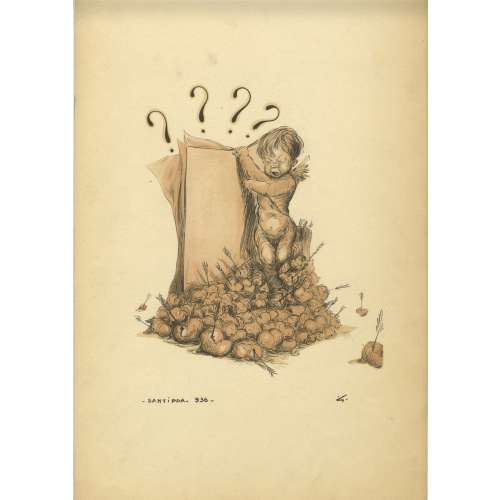
Titles: Rêverie, Gaspillage, Exagération, Simplicité, Gourmandise, Abondance, Violence, Fantaisie, Faiblesse, Curiosité, Obligeance, Surprise.
Contributors:Gaston Hoffmann [Santippa] (French, 1883 – 1977)
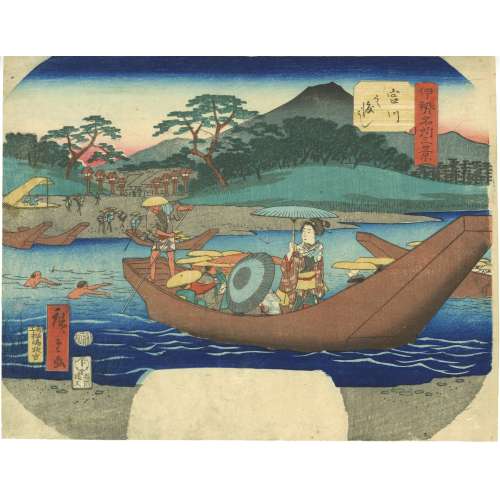
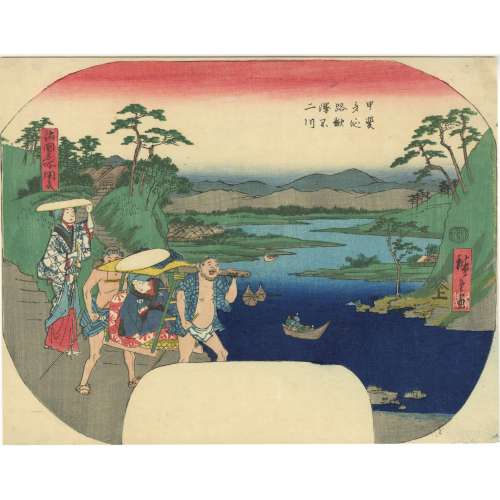
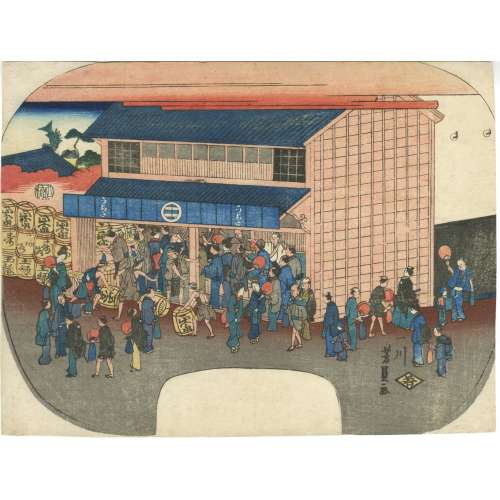

Two prints on laid paper, one in an earlier state, published under the name Niederkorn. Owner's stamp 'LvM' on verso.
Dimensions: Paper (1): 31 x 22.3 cm; Paper (2): 46 x 33.8 cm; Plate: 31 x 22 cm; Image: 25.5 x 17.5 cm.
Catalogue raisonné: Arthur Hubschmid (1977): 318; Rouir 954:3 and 954:5?.
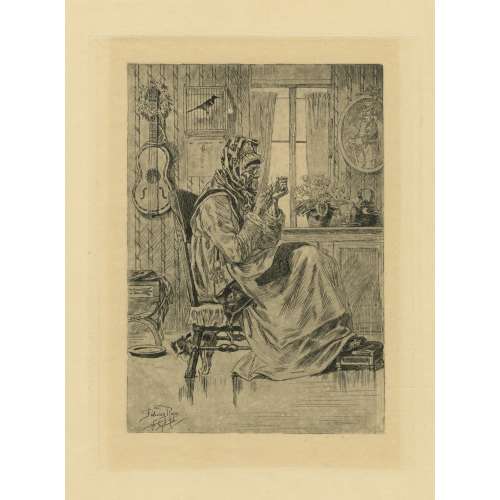
Etching on wove paper, depicting an old woman trying to thread a needle. Signed in plate: "Felicien Rops, 76 Septembre". Owner's stamp LvM on verso.
Dimensions: Paper: 51.9 x 35 cm; Plate: 27.5 x 21 cm; Image: 23.5 x 16 cm.
Catalogue raisonné: Arthur Hubschmid (1977): 358; Graphics irreverent and erotic (1968): 54.
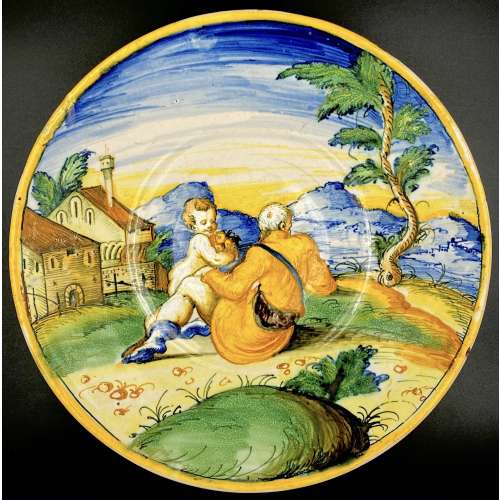

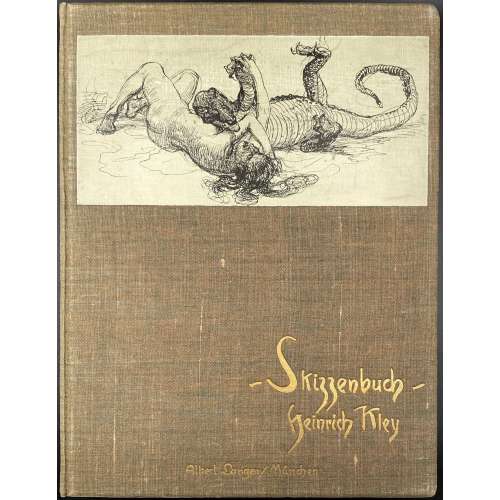
The edition consists of two albums:
1) Skizzenbuch: Hundert Federzeichnungen von Heinrich Kley. — München: Albert Langen, [1909]. — pp.: [1-4] 5-63 [64], illustr. Printed by Hesse & Becker in Leipzig. Bound in the original brown moire covered boards, with a paste-down drawing on the front, gilt cover titles, original patterned endpapers.
2) Skizzenbuch II. Hundert Federzeichnungen von Heinrich Kley. — München: Albert Langen, [1910]. — pp.: [1-4] 5-64, illustr. Printed by Hesse & Becker in Leipzig; paper by Bohnenberger & Cie.; binding by E. A. Enders, Leipzig. Bound in the original bluish-gray moire covered boards, with a paste-down drawing on the front, gilt cover titles, original patterned endpapers.
The number of printed copies unknown. Reproduction of ink drawings by Heinrich Kley, 1st edition.
Dimensions of each album: 32 x 24.5 cm; Quarto. Heinrich Kley (April 15, 1863 in Karlsruhe – 1945? in Munich) was a German illustrator, editorial illustrator and painter.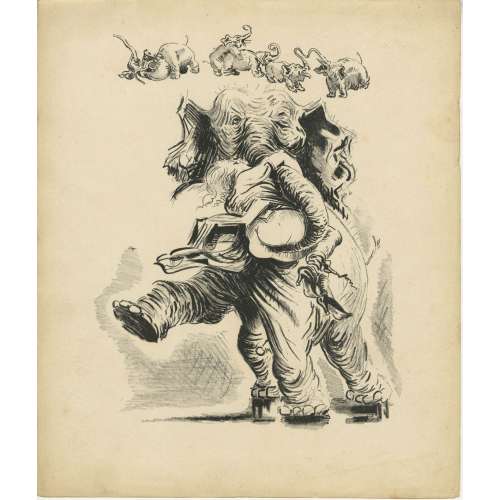
Album of 20 hand-coloured lithographs with a title page and a 'justification du tirage' page in an original snakeskin-clothed cardboard binder. Drawn on stone by Anonymous, attributed to Santippa. The theme of these pictures can be described as erotic humour.
Edition: 200 copies printed in Bruxelles, c. 1938; this copy without a number.
Watermarked wove paper: Word "Marais" and a flower.
Dimensions: 24.3 x 29.3 cm According to J.-P. Dutel, the author of these images is Georges Hoffmann under the pseudonym Santippa. Honesterotica provides a different name: Gaston Hoffmann [Santippa] (French, 1883 – 1977), which seems adequate. Catalogue raisonné: Dutel (1920-70): 2496.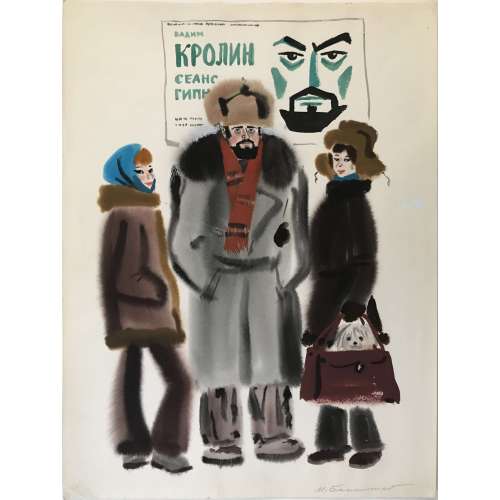
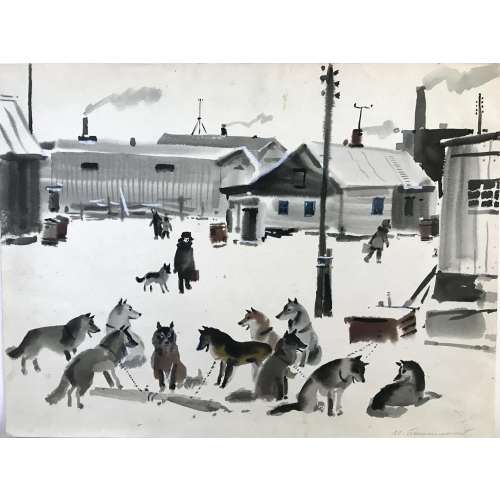

Artist Koikawa Harumasa (a.k.a. Banki): fl. 1801–18. Wikipedia: Koikawa Harumasa (恋川 春政; active 1800–1820), later called Banki Harumasa (晩器 春政). Associated with Katsukawa school.
Signed: Banki ga (on the bamboo flower container in the background). Censor's seal: kiwame. Mark of unidentified publisher, Genshoku #1017; Marks U084 Ibiko, p. 387.
References:
Jacob Pins #828.
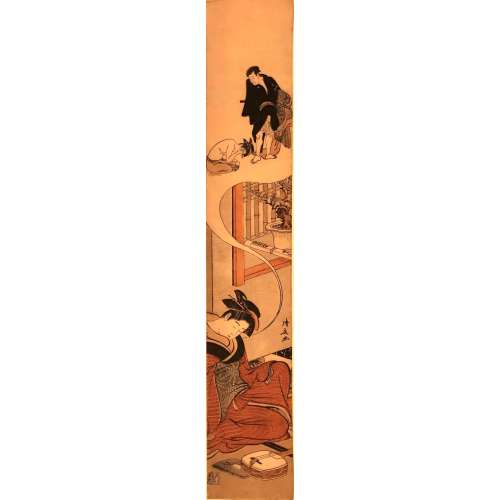
The Japanese Pillar Print. Hashira-e. Jacob Pins. Foreword by Roger Keyes. Robert G. Sawers Publishing, London, 1982 [LIB-1543.2018 in this collection] -> page 262 №703: A young woman dreaming of rape and robbery. 1783. Hirano.
MFA: ACCESSION NUMBER 21.5546: Young Woman Music Teacher Dreaming of a Robbery [追剥の夢を見る三味線師匠]. Edo period, about 1783 (Tenmei 3). Artist Torii Kiyonaga (1752–1815), Publisher Nishimuraya Yohachi (Eijudô). Harvard Museums Object Number 1916.586: Female Musician Dreaming of Robbery. Edo period, circa 1783. Torii Kiyonaga, Japanese (1752 - 1815) . Published by Nishimuraya Yohachi.